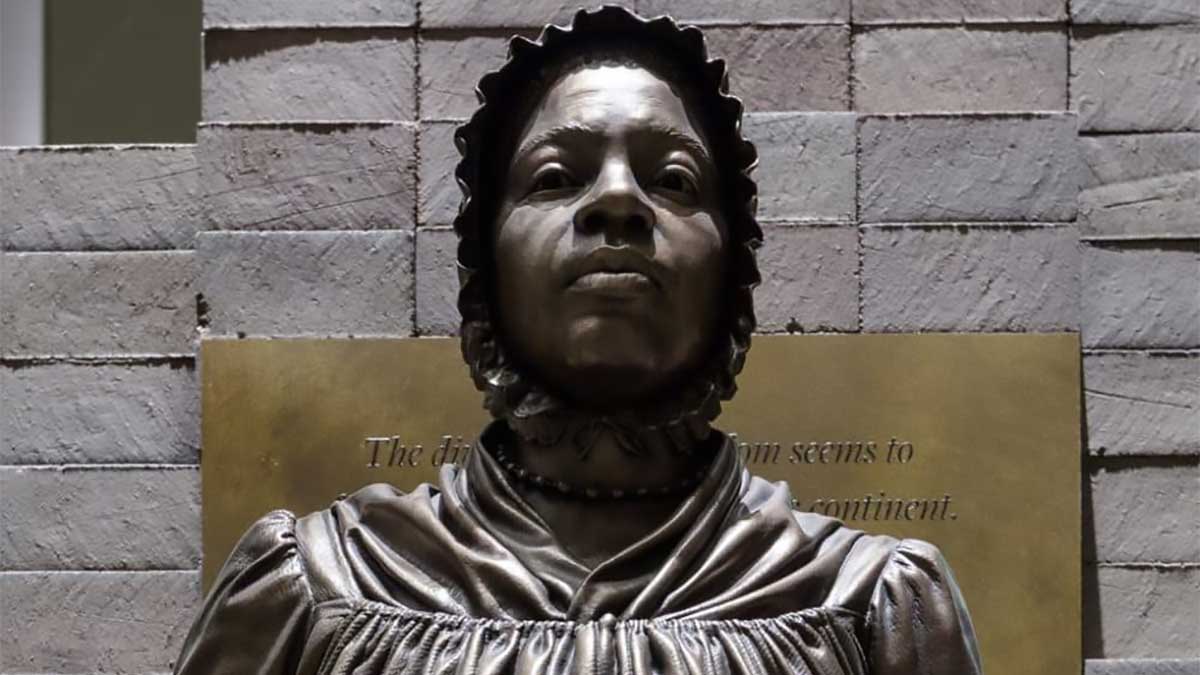
Aug. 21, 1781

More than 80 years before the Emancipation Proclamation, an enslaved woman known as Elizabeth Freeman sued for her freedom in Massachusetts. The odds against her winning her case before a dozen white men seemed impossible.
Freeman worked for Col. John Ashley, whose wife was unkind to those enslaved. When she attacked Freeman’s daughter with a hot shovel, Freeman blocked the blow, leaving a deep scar on her arm. She left the scar exposed as proof of abuse.
She heard first of freedom from Col. Ashley, who moderated the committee that wrote the Sheffield Declaration that said all of mankind was equal and free — language later used in the Declaration of Independence and the Massachusetts Constitution of 1780. Upon hearing that all people were born free and equal, she turned to a neighbor, attorney Theodore Sedgwick, who agreed to represent her and a man enslaved by Ashley.
The jury ruled in favor of them and awarded them 30 shillings in damages. She gave herself the name of Elizabeth Freeman and explained, “Any time while I was a slave, if one minute’s freedom had been offered to me, and I had been told I must die at the end of that minute, I would have taken it — just to stand one minute on God’s earth a free woman.”
Ashley tried to get her to return to his home as a paid servant. She worked instead for Sedgwick, who became speaker of the House in Congress.
Her case and others led to the Massachusetts Supreme Court to declare that slavery was incompatible with the state constitution. After 20 years, she bought her own house on 20 acres and was buried in the Sedgwick family plot in Stockbridge, Massachusetts.
Her headstone includes the words: “She was born a slave and remained a slave for nearly thirty years. She could neither read nor write, yet in her own sphere she had no superior or equal.”
A statue now honors her in the National Museum of African American History and Culture’s Slavery and Freedom exhibition.

